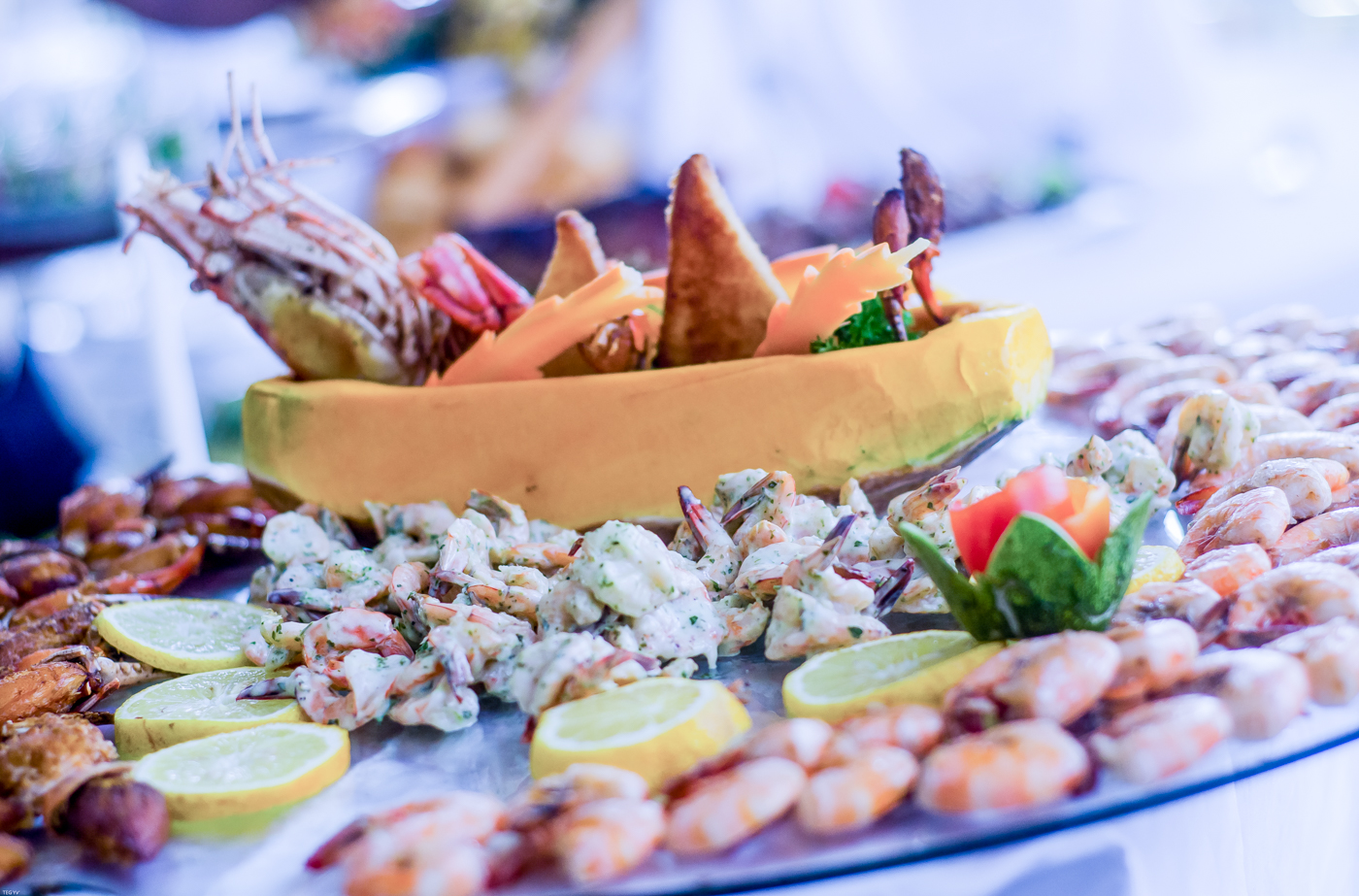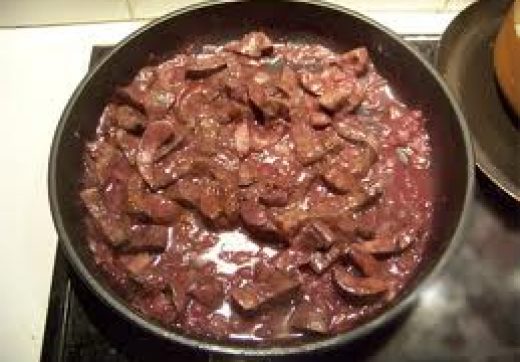Les traditions de mariage à Madagascar (Première partie)

Il est normal pour les enfants malgaches de rester vivre chez leurs parents jusqu’à ce qu’ils se marient ou qu’ils veuillent déménager. La limite d’âge légal pour se marier est de 18 ans pour les filles et les garçons. Cependant, dans les villages reculés, les enfants peuvent se marier dès qu’ils sont physiquement capables de procréer. Une fois, j’ai assisté au mariage d’une jeune fille de 12 ans à un garçon de 14 ans. Les mamans et les papas étaient enchantés d’avoir réussi leur boulot de parents.
Il y a trois types de mariage reconnus à Madagascar: religieux, civil et traditionnel. Heureusement, ces jours-ci, les mariages se font par consentement commun. Le mariage arrangé, qui était la seule méthode selon laquelle les malgaches se mariaient, est de moins en moins fréquent.
Les mariages traditionnels à Madagascar ou un mariage malgache sont entourés de traditions et de rites fascinants et uniques. Selon les coutumes et les croyances régionales, le processus peut varier considérablement. Cela varie également avec le temps. Dans cet article, nous vous apporterons les rituels les plus populaires actuellement pratiqués.
Étape 1: Fisehoana (l’exposition)
Avant que les préparatifs de mariage ne commencent, il y a habituellement une réunion appelée fiantranoana entre les deux familles des futurs mariés. Le futur mari doit avoir un porte-parole homme ou femme, appelé mpikabary qui livre tous les messages de son côté à la famille de la future mariée. Le but principal d’une telle réunion est de se montrer/ s’exposer à l’autre famille et de mieux se connaître, d’où le fisehoana ou l’exposition. C’est aussi la façon dont la famille du futur marié demande la permission des membres de la famille de sa dulcinée pour le mariage. C’est là qu’ils demandent officiellement sa main et de s’assurer s’ils acceptent le mariage ou non. Après cela, les familles offrent leurs bénédictions aux futurs mariés.
Il arrive que les deux familles ne sont pas d’accord pour l’union ce qui peut annuler complètement le mariage. Mais ce sont des cas rares.
Étape 2: Fanapahan-Draharaha (prise de décisions sur les arrangements de mariage)
Ici, les familles malgaches se rassemblent pour décider de la date du mariage. La logistique et la division des dépenses du mariage sont également discutées. Le montant du dot, également appelé Moletry, est déterminé. Ce dernier est destiné aux parents de la mariée avant que le nouveau couple ne poursuivent leur chemin vie. Le dot symbolise une consolation pour les parents de la jeune fille qui se sépareraient de leur fille bien-aimée. Certains appellent même cette tradition l’achat de la mariée.
Le cadeau et le rituel de mariage traditionnels les plus importants de Madagascar est l’abattage d’un agneau et un certain nombre de zébus vivants (un bétail à bosse). Avec le passage du temps et l’évolution des coutumes, surtout dans les hauts plateaux, au lieu des zébus et de l’agneau, de l’argent est donné en dot.
Étape 3: Fanateram-bodiondry (le cadeau de la croupe d’agneau)
Vodiondry signifie croupe d’agneau. Il s’agit de la coupe de viande la plus prisée pour la viande d’agneau dans la société malgache traditionnelle. Cette partie est toujours donnée aux personnes les plus respectées dans la société, généralement les aînés. C’est pourquoi la croupe d’agneau est également donnée comme cadeau aux futurs beaux parents par le marié. Il s’agit de montrer le respect aux parents de la mariée et de les remercier d’avoir élevé sa future femme. Ce geste est très important parce que plus vous offrez, plus vous montrez que vous valoriser votre future femme.
À ce stade, on offre également au (x) frère (s) de la mariée un cadeau appelé tampi-maso (cache yeux) pour compenser la perte de la soeur. Il est également destiné à faire preuve de respect envers le (s) frère (s) et à être attentif à lui (eux).
Fanateram-bodiondry est également un autre nom pour la cérémonie d’engagement où l’anneau de fiançailles est échangé.
Étape 4: Cérémonie de mariage
Le mariage se déroule avec la participation du côté de la mariée et du marié.
À la date du mariage, le marié, sa famille et ses amis, habillés en grande pompe, arrivent à la maison de la mariée ou dans un lieu loué pour l’occasion. Le Lamba est la robe de mariée traditionnelle à Madagascar portée à la fois par la mariée et le marié. Parfois, une pagne en soie est offert par le marié à sa future femme en symbole de leur union par le mariage.

Un lamba est essentiellement une ou deux pièces de tissu à porter. Si c’est deux, l’un est porté autour de la poitrine ou de la taille; et l’autre pièce autour des épaules ou de la tête. Auparavant à Madagascar, le lamba était tout ce qui était porté. Cependant, dans les temps modernes, il est porté au-dessus des vêtements occidentaux.
Les porte-paroles homme ou femme nommés de chaque famille se doivent de connaître les nuances du kabary ou du discours à faire pendant le mariage. D’habitude, ils commencent leur discours de mariage en s’excusant puisqu’il est impératif d’être humble en public. Les mpikabary présentent alors l’histoire ancestrale de la famille des mariés et finit par des louanges envers ces derniers. C’est presque comme un match verbal entre deux parties où ils montrent littéralement le succès et la notoriété de leurs familles respectives. Il s’agit d’une bataille de discours où ils utilisent des mots et des expressions drôles ainsi que des figures de styles amusants. Il est très divertissant d’assister à ce genre de cérémonie si vous avez la chance d’y assister. Bien sûr, il n’y a pas de bataille sans prix. Le côté de la mariée loue leur enfant pour avoir le plus de cadeaux / dot / argent possible; tandis que le côté du marié éloge le leur pour arrêter l’hémorragie de cadeau et de payer le moins possible pour ainsi m’exprimer.
À SUIVRE…





